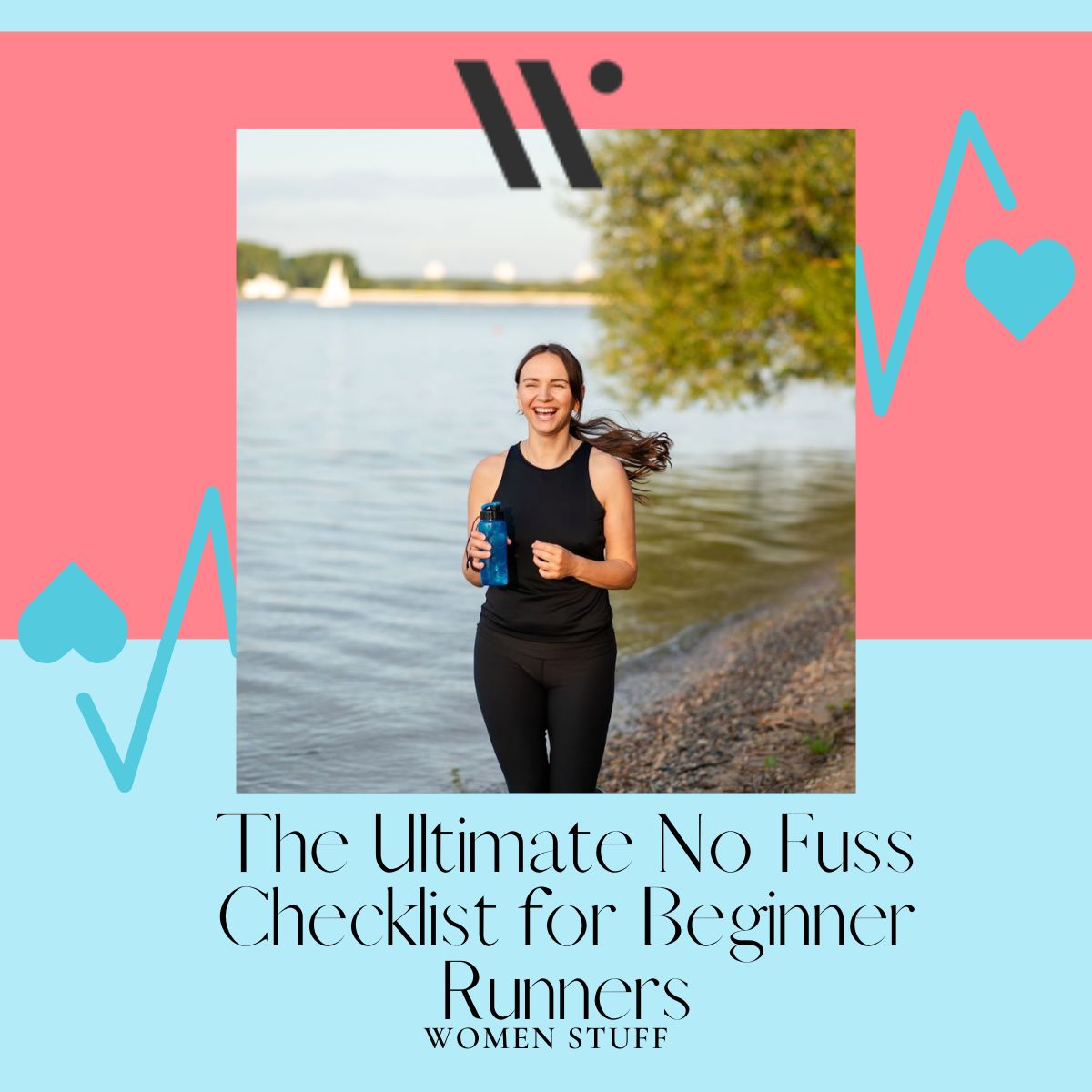
The Ultimate No Fuss Checklist for Beginner Runners
Starting a running routine can feel daunting, but it doesn’t have to be. Whether you’re aiming to get fit, clear your head, or tick off your first 10k, the key is to start simple and build from there. You don’t need loads of fancy gear or years of experience to enjoy the benefits of running, you just need the right essentials, a good attitude, and a bit of consistency.
The Right Running Shoes
If you only invest in one thing as a new runner, make it your shoes. The wrong footwear can lead to discomfort or even injury, so take the time to find a pair that suits your feet and running style. Visit a specialist running or sports store where staff can assess the way you walk. This helps match you with shoes that offer the right balance of cushioning, stability, and support.
Avoid old, worn-out runners, even if they still look okay. Most running shoes need replacing every 600–800 kilometres or when you notice the cushioning starting to flatten. Your feet and knees will thank you later.
Comfortable, Breathable Clothing
You don’t need designer activewear, but comfortable, moisture-wicking clothing will make your runs much more enjoyable. Cotton holds onto sweat, which can cause chafing and irritation, so look for lightweight fabrics designed for performance.
In the cooler months, layer up with a breathable long-sleeve top or running jacket. When it’s warm, shorts and a singlet made from quick-dry material will keep you cool. If you’re running at dawn or dusk, choose reflective gear so you’re easily seen by traffic. A good pair of running socks, preferably seamless and cushioned, can prevent blisters, and for women, a supportive sports bra is essential.
Sun Protection
Australia’s harsh sun means sun protection isn’t optional, even on cloudy days. Always apply a broad-spectrum sunscreen before you run, ideally one that’s sweat-resistant. A lightweight cap or visor will help shield your face, while sports sunglasses protect your eyes from UV rays and glare. Choose polarised lenses for maximum comfort and visibility, especially if you’re running near water or on bright pavements.
A Running Plan (That Suits You)
Jumping straight into long runs is one of the quickest ways to burn out or get injured. Instead, follow a beginner-friendly plan that eases you in gradually. A popular method is the “run-walk” approach, alternating between running and walking intervals. For example, run for one minute, walk for two, and repeat for 20-30 minutes. Over time, you can increase the running intervals and reduce the walking ones until you’re running continuously.
Hydration and Nutrition
Hydration is key, especially in Australia’s warm climate. Make sure you drink water before and after your runs. If you’re running for more than an hour, you might also need to sip water during your workout. As for food, you don’t need to overhaul your diet, just aim for balance. Eat a light snack, like a banana or toast with peanut butter, about 30-60 minutes before running to keep your energy up. Afterwards, refuel with a mix of protein and carbohydrates to aid recovery.
Stretching and Recovery Tools
Recovery is often overlooked by beginners, but it’s just as important as the run itself. Proper stretching after each session helps reduce muscle tightness and keeps your body flexible. Focus on your calves, hamstrings, quads, and hips, the muscles that work hardest when running. You can also use a foam roller or massage ball to release tension and prevent soreness. And don’t forget rest days. Your body needs time to adapt, rebuild, and get stronger, overdoing it too soon can lead to injury or fatigue.
Motivation and Mindset
Every runner, no matter how experienced, has days when it’s hard to get out the door. The key is to stay realistic and kind to yourself. Set small, achievable goals, like running three times a week or completing your first 5K, and celebrate your progress along the way. Joining a local run club or getting a friend to run with you can also keep you accountable and make running more social.
Finally, remember that running is as much mental as it is physical. Some days will feel easy, and others will feel like it’s impossible to hit that first kilometre. But every step you take is progress, and over time, you’ll be amazed by how far you’ve come.
Starting your running journey doesn’t require fancy gear or strict rules, just the right mindset and a few essentials. Invest in comfortable shoes and clothing, protect yourself from the sun, stay hydrated, and listen to your body. Keep it simple, stay consistent, and most importantly, enjoy the run.





